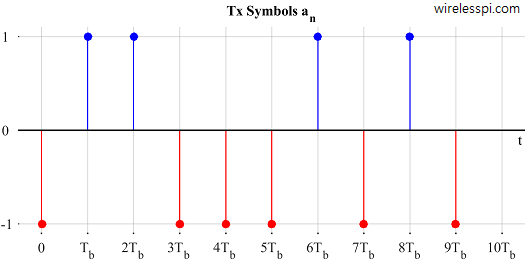Java Applet Allows You To Experience The Basics Of Fsk/msk Modulation
8 phase shift keying is a complex form of digital modulation by altering a sine wave and a cosine wave: shifting their phase. The best explanations I have found so far can be found at and But they all explain the more simpler forms of phase shift keying: Binary Phase Shift Keying (BPSK) and Quadrature Phase Shift Keying (QPSK) and they don't say much about 8PSK unfortunately.
Java Applet Allows You To Experience The Basics Of Fsk/msk Modulation Video
However this might still give you. Long Term Evolution (LTE) is the project name of a new air interface for wireless access being developed by the Third Generation Partnership Project (3GPP).
This tutorial and accompanying applet allow you to experiment with FM parameters and see the results at different stages of demodulation. Of particular interest is the applet showing the output spectrum for an adjustable modulation index, based on the values of the Bessel functions for the various sidebands.

LTE is the evolution of 3GPP's Universal Mobile Telecommunication System (UMTS) towards an all-IP network. The LTE specifications provide a framework for increasing capacity, improving spectrum efficiency, improving cell-edge performance, and reducing latency.
Many of the targets for LTE are similar to those for the continuing development of High Speed. Orthogonal Frequency Division Multiplexing (OFDM) is a multiple-carrier (MC) modulation technique which creates frequency diversity. A high-speed data stream is converted into multiple low-speed data streams via Serial-to-Parallel (S/P) conversion.
Each data stream is modulated by a subcarrier. That way, instead of having a frequency-selective fading wireless channel, where each frequency component of the signal is attenuated and phase-shifted in different amount, we have multiple flat-fading subchannels. In other words, instead of having a signal.